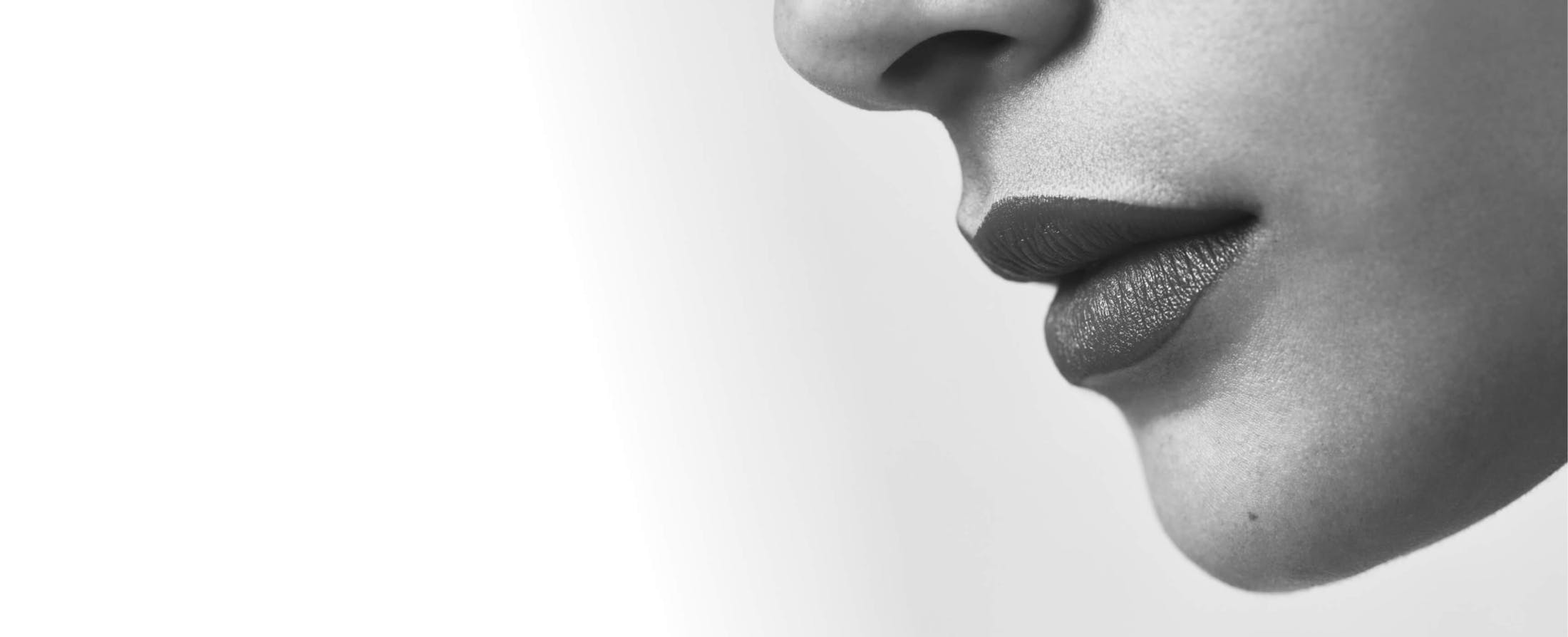As you age, your skin undergoes many changes. Wrinkles and fine lines appear. Discoloration, dark spots, and scars may also mar previously clear and beautiful skin. Thankfully, a variety of skin resurfacing techniques can now resolve such issues to return your skin to its youthful beauty.
Skin resurfacing can restore your skin to youthful beauty
Skin resurfacing procedures are designed to improve the quality of the skin’s surface by minimizing fine lines and wrinkles, sun damage, pigmentation issues, and skin laxity. Treatment options include:
- Laser surgery
- Chemical peels
- Dermabrasion
Good candidates for treatment include men and women who are looking to improve their skin quality. Patients with darker skin types may not be candidates for aggressive skin resurfacing.





